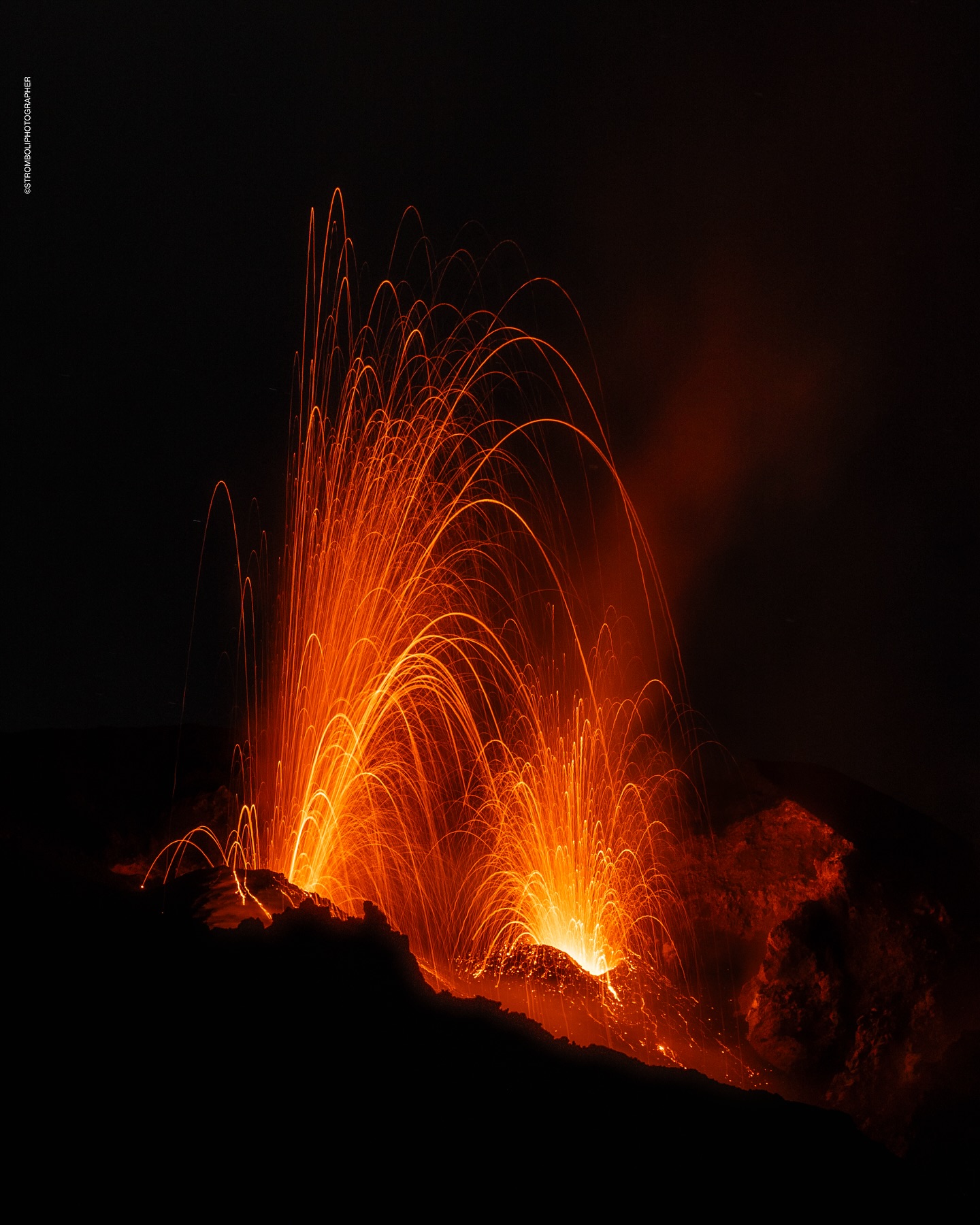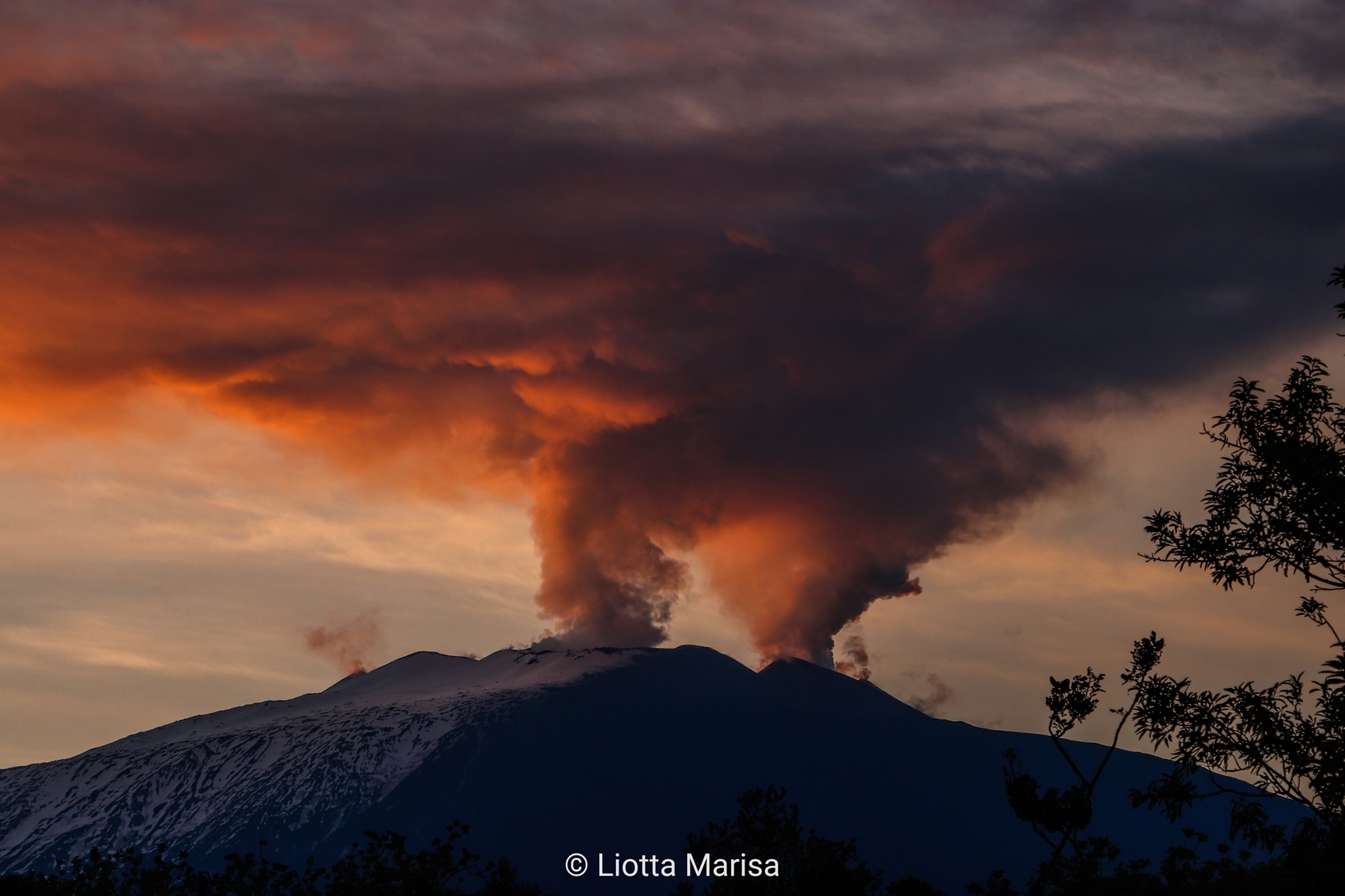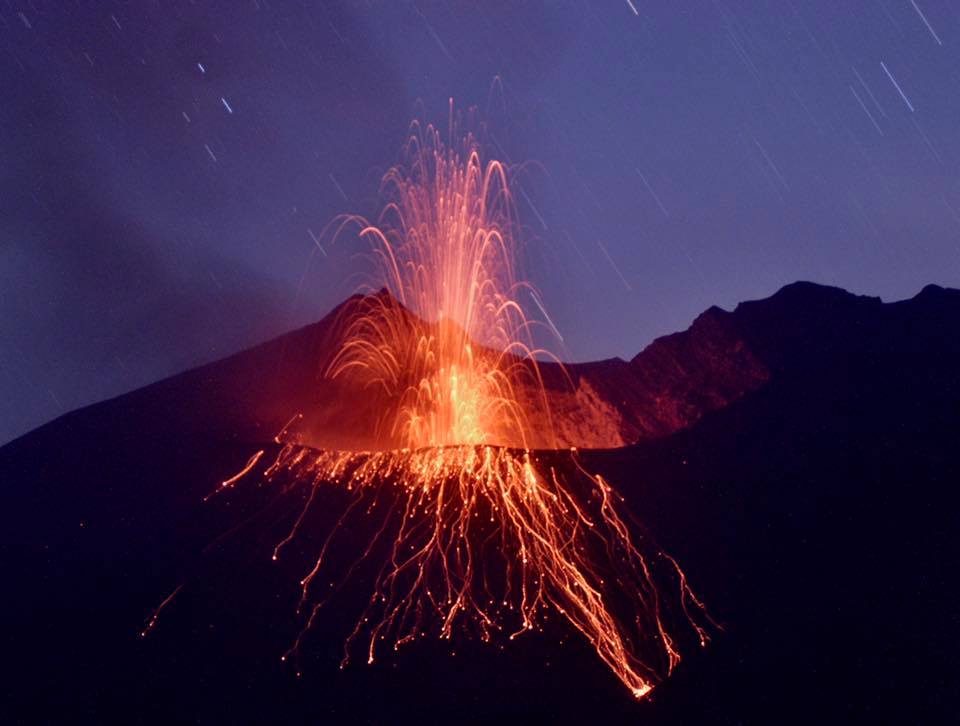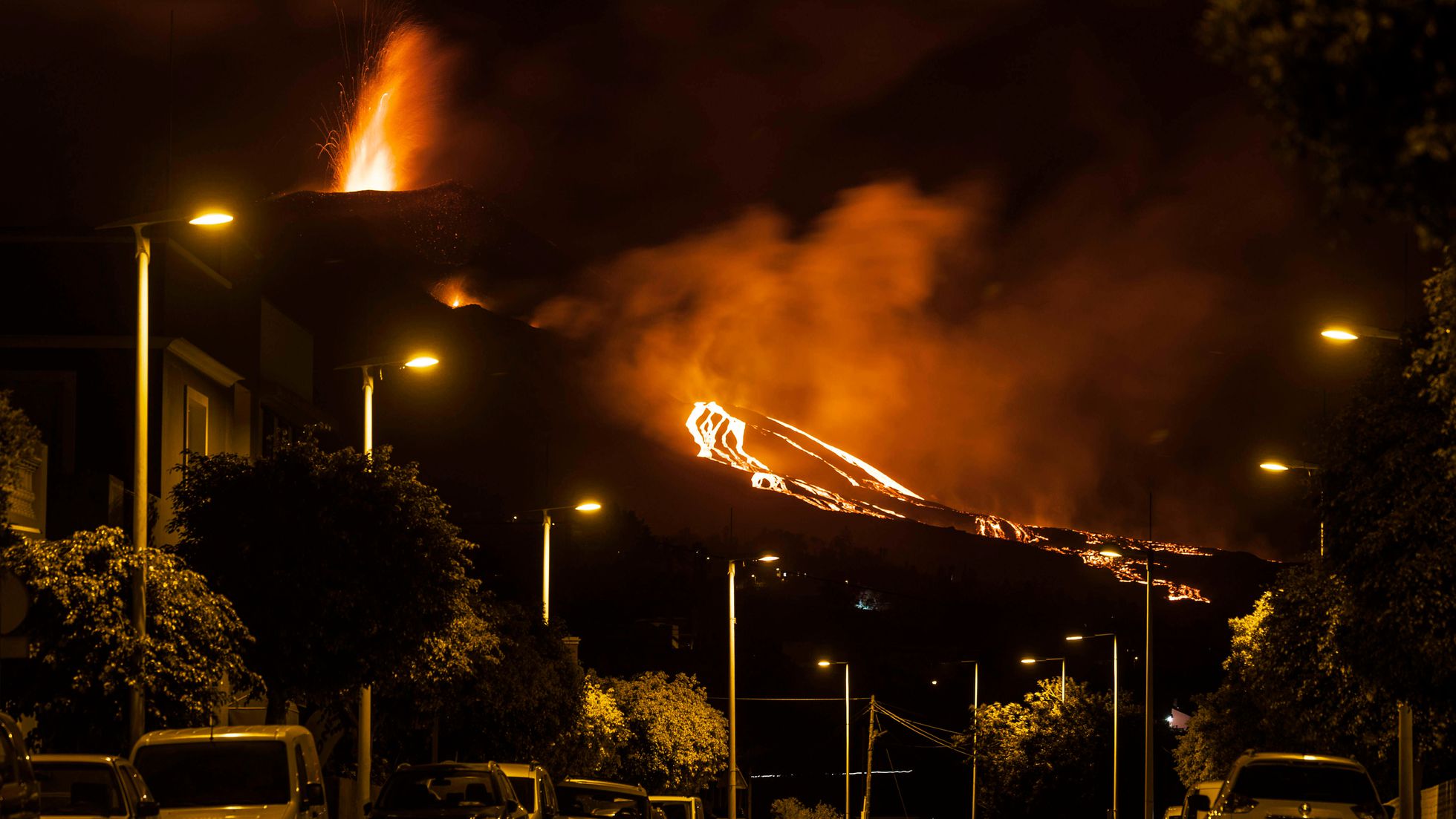January 21, 2025. EN. Iceland : Bárðarbunga , Colombia : Puracé / Los Coconucos volcanic chain , Indonesia : Lewotobi Laki-laki , Hawaii : Kilauea , Peru : Sabancaya .
January 21 , 2025. Iceland , Bárðarbunga : A statement from Civic Protection has officially ended the “uncertainty phase” at Bárðarbunga volcano, located on the northwestern corner of the Vatnajökull glacier…





